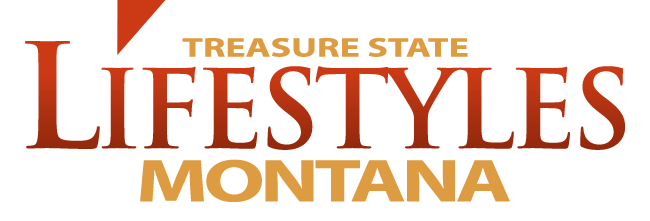By Hope Good
Deadwood has been synonymous with the Wild West. From its early days as a lawless gold camp to its transformation into a model Victorian community and a modern center of commerce and entertainment, the town has always had a legendary reputation unparalleled in the American West.
Deadwood began as an illegal mining camp, established in the territory officially belonging to the Lakota Indians. In 1874, under the command of General George A. Custer, a government-sponsored expedition confirmed the presence of gold in the Black Hills. The government dispatched several military units to forts in the surrounding area to keep people from entering the Hills but people illegally entered the area anyway, searching for gold or adventure.
In its earliest days, Deadwood was little more than a rough- and-tumble mining camp, where men, livestock, and the elements coexisted. Most of the town’s residents frequented the saloons and brothels that sprang up on nearly every street, occupying their time with drinking, gambling, and fighting. Violence was common, lending credence to the oft-repeated observation that Deadwood hosted a murder a day. Well known gambler Wild Bill Hickok arrived in Deadwood along with Colorado Charlie Utter and Calamity Jane in July of 1876. Seth Bullock arrived in town a few weeks later and was shocked to see a man riding up and down Main Street waving the severed head of an Indian. The next day, Hickok was murdered when Jack McCall shot him from behind while he was playing poker. Bullock, the only man bold enough to call for law and order, soon became the de facto Sheriff of Deadwood.
Deadwood later became the target of reformers and Prohibitionists. Gambling continued to survive off and on in Deadwood well into the early 20th Century but was officially abolished in 1947. Deadwood’s “service businesses” however, continued to thrive. When the gold rush was over, the girls who remained and the houses were one of the primary supports of the local economy through Prohibition and the Depression.
In 1964, Deadwood became the first community designated a National Historic Landmark and in 1973 the Historic Preservation Commission was established. The image of the Wild West town has lingered in Deadwood, due to past events and the individuals responsible for making the town into a legend.
In 1980, Deadwood’s prostitution industry finally came to an end with a raid by the FBI and other federal agents that finally put the last brothel, Pam’s Purple Door, out of business. The community started to decline and its landmarks were in danger of disappearing. The city leaders proposed a fitting solution: limited stakes gambling to fund historic preservation. South Dakota voters passed a constitutional amendment legalizing gaming in Deadwood in 1989, thus making South Dakota the first state in the union to tap gambling revenues for historic preservation.
Today, Deadwood hosts some 25 casinos and gaming halls, offering slot machines, poker, blackjack, and similar games of chance. The Midnight Star casino, bar, and restaurant, owned by Actor Kevin Costner, is a popular spot filled with movie memorabilia. Other highlights include the Bullock Hotel, the Adams House and the Adams Museum, and the accurately, carefully restored Main Street. Wild Bill Hickok and Calamity Jane are buried in Mount Moriah cemetery overlooking the town. Downtown Deadwood has taken steps to preserve its historic status, with buildings and monuments inspired by its 1870s heyday.


